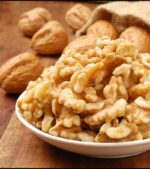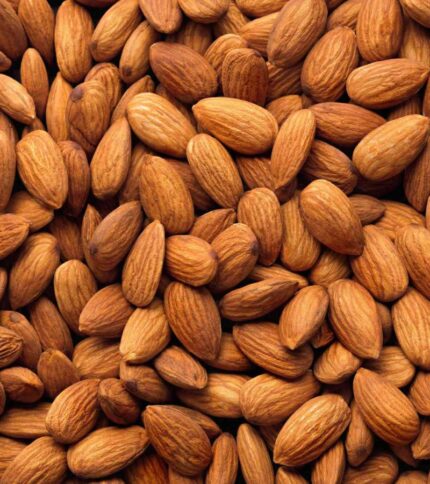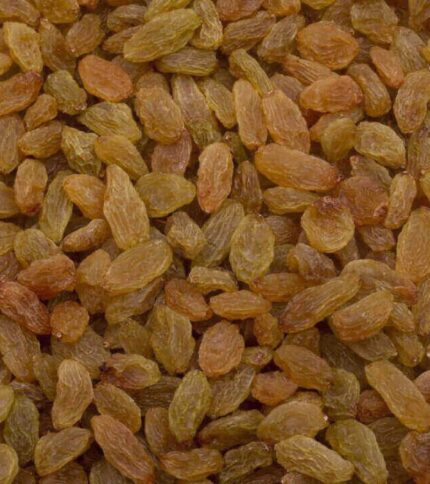Walnuts are a highly nutritious nut known for their distinct flavor and numerous health benefits. They are commonly used in cooking, baking, and as a snack. Here’s a comprehensive overview of walnuts:
Characteristics:
- Appearance: Round to oval-shaped with a hard, ridged shell that contains the edible walnut. The nutmeat inside is light brown with a wrinkled surface.
- Flavor: Rich, slightly bitter, and earthy with a mild sweetness.
- Texture: Crunchy and slightly oily, with a slightly chewy texture when raw.
Nutritional Benefits:
- Healthy Fats: High in polyunsaturated fats, including omega-3 fatty acids, which support heart health and reduce inflammation.
- Vitamins and Minerals: Rich in vitamin E, vitamin B6, folate, and minerals such as magnesium, phosphorus, and copper.
- Antioxidants: Contains antioxidants like polyphenols and ellagic acid, which help combat oxidative stress and inflammation.
- Fiber: Good source of dietary fiber, which supports digestive health and helps regulate blood sugar levels.
Culinary Uses:
- Raw or Roasted: Eaten as a snack or added to salads, cereals, and trail mixes.
- Baking: Used in baked goods like cakes, cookies, and bread for added texture and flavor.
- Cooking: Incorporated into savory dishes such as salads, pasta, and grain-based dishes.
- Walnut Oil: Used as a finishing oil for salads and dishes, or in salad dressings for its rich flavor.
Health Benefits:
- Heart Health: Omega-3 fatty acids and antioxidants support heart health by reducing cholesterol levels and improving blood vessel function.
- Brain Health: Nutrients like omega-3s and polyphenols may support cognitive function and mental health.
- Digestive Health: Fiber content aids in digestion and helps maintain a healthy gut.
- Anti-Inflammatory: Antioxidants and healthy fats help reduce inflammation throughout the body.
Types of Walnuts:
- English Walnuts: The most common type, known for their mild flavor and used in a variety of culinary applications.
- Black Walnuts: Have a stronger, earthier flavor and are often used in specialty dishes and baking.
Processing and Forms:
- Whole Walnuts: Eaten raw or roasted, and used in recipes.
- Chopped Walnuts: Coarsely chopped for use in baking, salads, or as a topping.
- Walnut Pieces: Smaller, broken pieces used in recipes or as a topping.
- Walnut Meal: Ground walnuts used in baking or as a base for crusts and coatings.
- Walnut Oil: Extracted oil used for its rich flavor in dressings and cooking.
Storage:
- Raw Walnuts: Store in an airtight container in a cool, dry place. Refrigeration or freezing can extend their shelf life and preserve freshness.
- Roasted Walnuts: Store in an airtight container in a cool, dry place. Refrigeration can help maintain their crispness.
Popular Recipes:
- Walnut Pesto: A twist on traditional pesto using walnuts instead of pine nuts.
- Walnut Brownies: Rich and fudgy brownies with chunks of walnuts for added texture.
- Walnut-Crusted Chicken: Chicken coated with crushed walnuts and baked for a crunchy texture.
- Walnut Salad: Fresh salad with walnuts, mixed greens, fruits, and a light vinaigrette.
Tips:
- Roasting Walnuts: Roasting enhances the flavor. Spread walnuts on a baking sheet and roast in the oven at 350°F (175°C) for about 8-10 minutes, stirring occasionally.
- Using Walnut Oil: Use walnut oil as a finishing oil rather than for high-heat cooking to preserve its delicate flavor.









Reviews
There are no reviews yet.